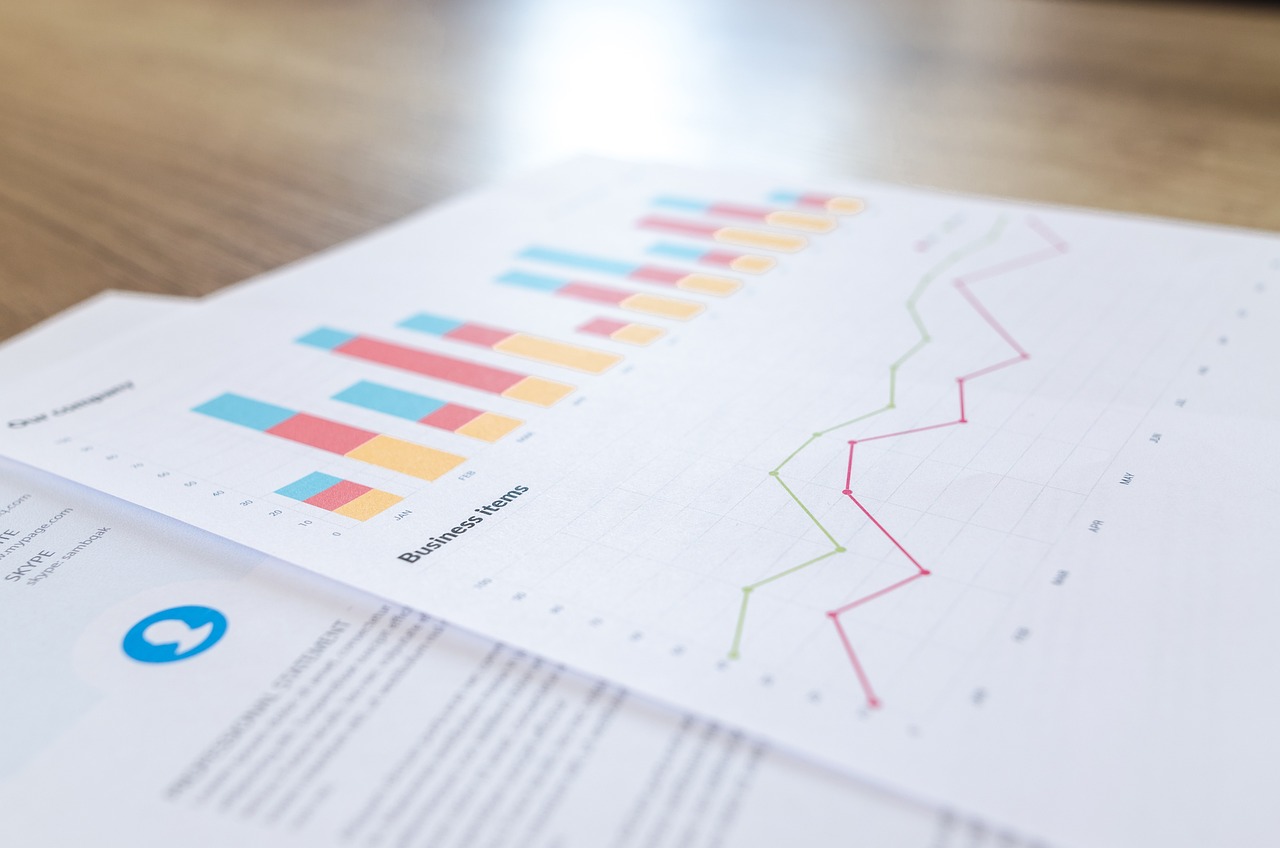

Understanding financial forecasting
Financial forecasting involves the process of using historical financial data and other relevant information to make predictions about a company’s future financial performance. We have created many informative articles exploring financial forecasting and business planning, and this time we would like to explore how to improve your business forecasts to make better informed decisions going forwards.
Get started with our forecasting software so that you can plan your business' futureImprove your financial forecasting with Brixx
Why should you improve your financial forecasts?
The true value of financial forecasting lies in improving the accuracy and reliability of these forecasts. Improving these forecasts is not just a desirable practice but an indispensable one for any business striving to thrive in a dynamic business landscape. From informed decision-making and resource allocation to risk mitigation and investor confidence, the benefits of honing your financial forecasting capabilities are far-reaching.
Let’s explore some examples of improving below:
1. Stay flexible with your forecasting
Staying flexible with forecasting allows businesses to adapt to dynamic market conditions and changing industry landscapes. This adaptability helps identify emerging risks and opportunities, allowing for more informed decision-making and increasing the accuracy of financial projections.
2. Ensure multiple scenarios to your plan
Having multiple scenarios in financial forecasts enhances the planning process by considering a range of potential outcomes. By developing optimistic, pessimistic, and moderate scenarios, businesses can better assess the potential impact of different market conditions and decisions. Through scenario planning, you can gain a deeper understanding of business vulnerabilities and opportunities, increasing overall effectiveness. Seek out scenario planning software to help with this.
3. Communicate and collaborate with your team
Having good communication and collaboration with the team significantly improves financial forecasts by fostering a cohesive and knowledgeable decision-making process. When team members from various departments and expertise collaborate effectively, they bring diverse perspectives and insights to the forecasting process. This synergy helps in identifying potential blind spots, validating assumptions, and ensuring that all relevant factors are considered.
4. Utilize historical data for more accuracy
By analyzing historical financial data, businesses can identify seasonality and long-term growth patterns, which serve as essential benchmarks for predicting future outcomes. Historical data also helps in assessing the impact of past events and economic conditions, guiding the forecasting process in understanding potential risks and opportunities. Furthermore, by employing statistical methods and data analysis techniques on historical information, forecasters can develop more accurate models and make informed predictions based on actual past performance.
Related reading: How to Create an Effective Financial Forecast With No Historical Data
5. Consider external factors
Considering external factors in financial forecasts is crucial for improving accuracy and relevance. External factors, industry trends, regulatory changes, and international events, can significantly impact a company’s financial performance. By incorporating these variables into the forecasting process, businesses can better understand the potential risks and opportunities that may arise from the broader market environment.
6. Set realistic industry benchmarks
Setting realistic industry benchmarks improves financial forecasts by providing a clear and objective standard for evaluating a company’s performance against its peers. By identifying and analyzing key performance indicators (KPIs) of similar companies within the industry, businesses can gain valuable insights into industry norms and trends. These benchmarks serve as a reference point for forecasting future financial performance, helping to set achievable goals and targets.
Additionally, comparing against industry benchmarks enables businesses to identify areas where they may be underperforming or outperforming, allowing for targeted improvements and strategic adjustments.
7. Regularly monitor and update your forecast
Regularly monitoring and updating financial forecasts is essential for improving accuracy and adaptability. Markets and business environments are dynamic and subject to constant change, making static forecasts quickly outdated and less relevant. By continuously tracking actual performance against forecasted figures, businesses can identify and address discrepancies, enabling corrections and adjustments to strategies.
8. Say goodbye to spreadsheets
Leaving behind spreadsheets can significantly improve financial forecasts by overcoming their limitations and embracing more advanced and integrated forecasting tools. Spreadsheets are prone to errors, version control issues, and lack the ability to handle large datasets efficiently. Transitioning to specialized forecasting software or advanced financial planning systems like Brixx enables businesses to streamline data management, automate repetitive tasks, and leverage sophisticated algorithms for more accurate predictions.
These tools facilitate collaboration, allowing teams to work together seamlessly, share real-time data, and conduct scenario analysis with ease. Furthermore, by reducing manual efforts and human errors, businesses can enhance forecast reliability and devote more time to analyzing insights and making informed strategic decisions.
Make forecasting easier with Brixx
To conclude, why not start a trial and test how much a financial forecasting tool can benefit you and your business? Brixx offers a powerful solution to improve your financial forecasting processes. By leveraging its advanced financial planning tools and leaving behind the limitations of traditional spreadsheets, businesses can enhance their forecasting accuracy, agility, and collaboration.
Embracing Brixx empowers you to make better-informed decisions, mitigate risks, and seize emerging opportunities, ultimately leading to improved financial performance and a competitive edge in today’s ever-evolving business landscape.















